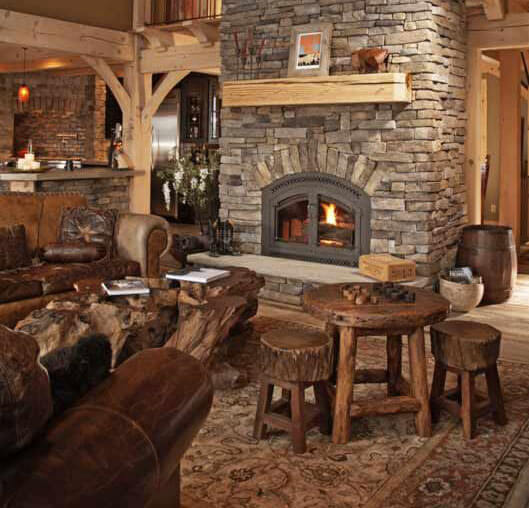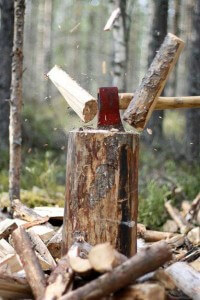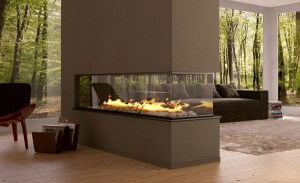
Does My Gas Fireplace Need to Be Cleaned?
 Gas fireplaces are becoming very popular in new homes, house remodels and even some advanced level DIY home improvement projects. There are a number of benefits to a gas fireplace including the removal of the chores: chopping, stacking, and carrying wood into the house as well as cleaning the ashes left from the previous fire. However, avoiding cleaning your fireplace is not one of those benefits. According to the Chimney Safety Institute of America (CSIA), some of the new gas fireplaces still recommend or require an annual chimney cleaning.
Gas fireplaces are becoming very popular in new homes, house remodels and even some advanced level DIY home improvement projects. There are a number of benefits to a gas fireplace including the removal of the chores: chopping, stacking, and carrying wood into the house as well as cleaning the ashes left from the previous fire. However, avoiding cleaning your fireplace is not one of those benefits. According to the Chimney Safety Institute of America (CSIA), some of the new gas fireplaces still recommend or require an annual chimney cleaning.
Not all gas fireplaces are created equal. Some are fueled by natural gas or propane gas. Some are yellow flame or blue flame. Some require venting systems and some don’t.
Wood Burning Fireplace
Annual Chimney Cleaning: Yes
Risk: Medium
Call me old-fashioned, but nothing says winter like a crackling wood fire. I find the sound, the smell, and carrying in the wood a refreshing reminder of how cold it is out and how nice it is to have the fire blazing warm inside. But, this article isn’t about my love of wood fireplaces, it’s about whether or not you need to clean your chimney if you replace the beloved wood with gas.

Vented Gas Logs – Yellow Flame Fire
Annual Chimney Cleaning: No
Risk: Low to Medium
A vented gas log display is an alternative to a wood log fire. It is fueled by gas and is often mistaken for wood because the fire looks very much like a wood-burning fire and lets out about the same amount of heat. Vented gas logs generate some soot and carbon just like wood-burning fires and can leave deposits in the chimney the same way. Don’t forget to get your chimney swept annually.
Vent Free Gas Log Fires – Blue Flame Fires
Annual Chimney Cleaning: No
Risk: Very High
The blue flame in a vent-free fire doesn’t provide the same ambiance or look that a yellow flame or wood fire might provide. They are designed to produce some heat output but only for short periods of time to avoid being a detriment to the indoor air quality. During installation, the special blue flame log can be installed in a new firebox cabinet approved for installation without a chimney. It can also be installed in an existing wood-burning fireplace location with the damper closed if the fireplace and chimney are in great condition and in code compliance.
Although I am listing this option here, there is a lot of research to say that vent-free fireplaces are not as safe as the manufacturers say they are. Indoor air quality, the quantity of water vapor released into the house, and the increased risk of combustion (fire) occurring are all real risks to consider before installing a vent-free fireplace.
Valley Chimney Sweep does not sell, install or service the non-vented (vent-free) type of appliances. You should consider your home’s air quality first and foremost. The aesthetics of a vent-free fireplace just aren’t worth the risk. If you decide to invest in a vent-free fireplace, don’t forget to invest in a very good quality carbon monoxide detector.
Note to the Home Owners, Especially the DIYers
Installing any gas appliance is serious business and you should hire a professional installer or licensed plumber recommended by the manufacturer. This person will be sure to meet local codes, follow national safety guidelines, and ultimately leave you, the homeowner with a safe warm, and glowing fireplace.
Don’t forget a carbon monoxide detector is important in any home, especially one with a wood-burning or gas fireplace.
Back To Blog

